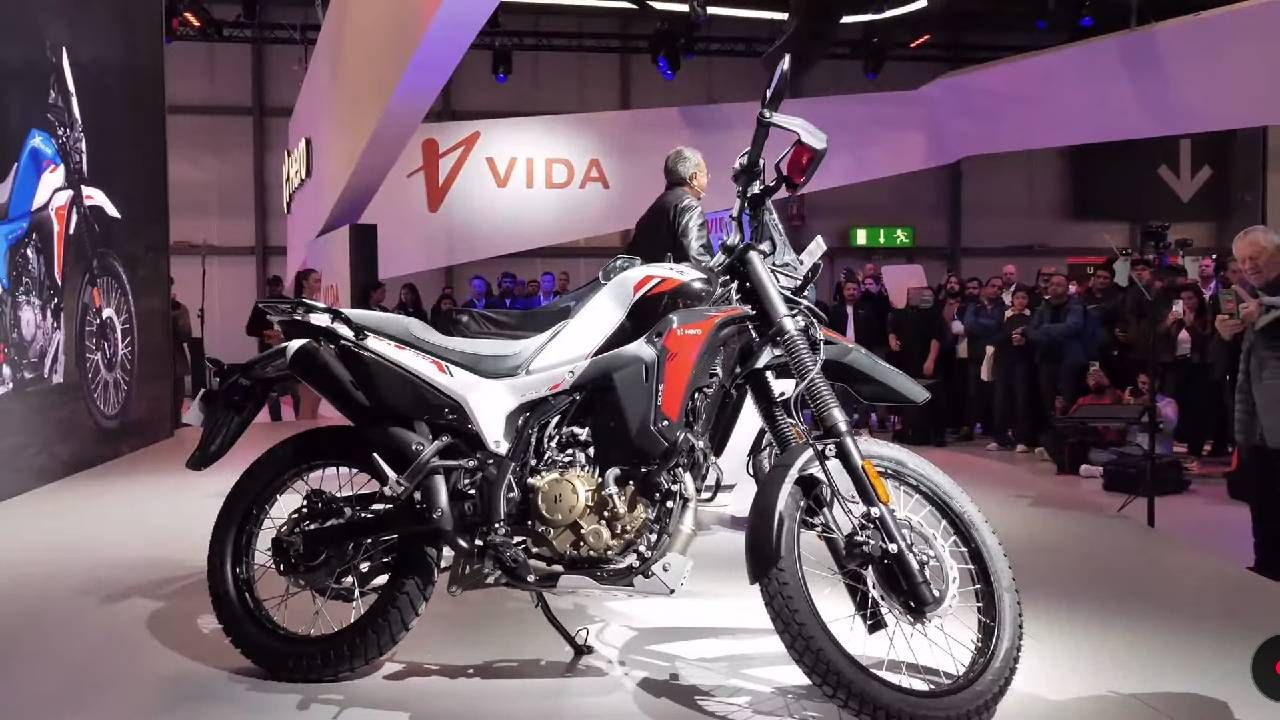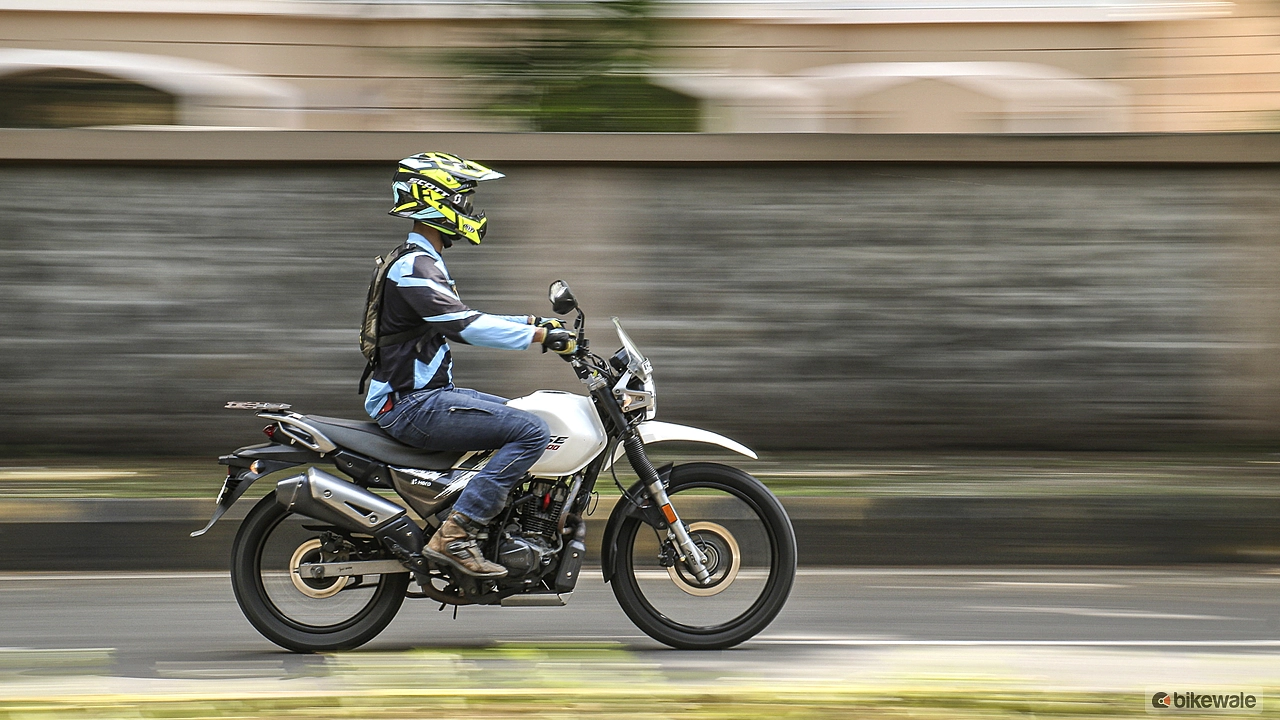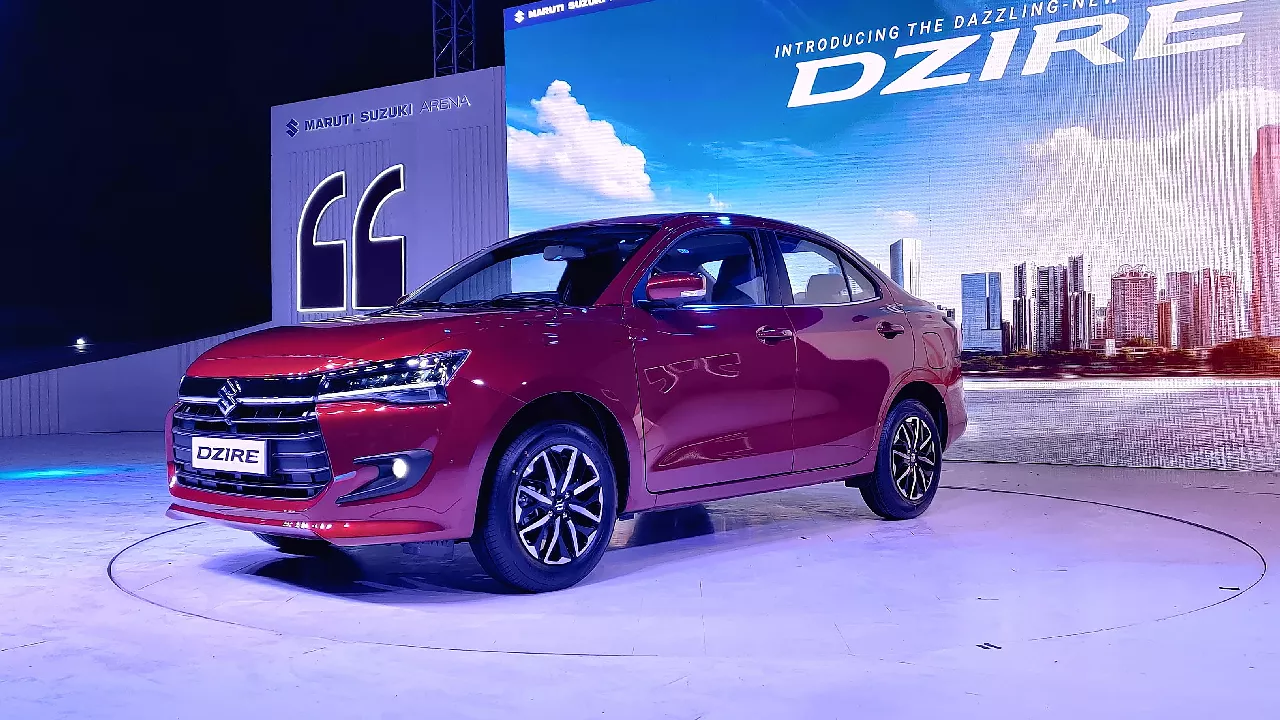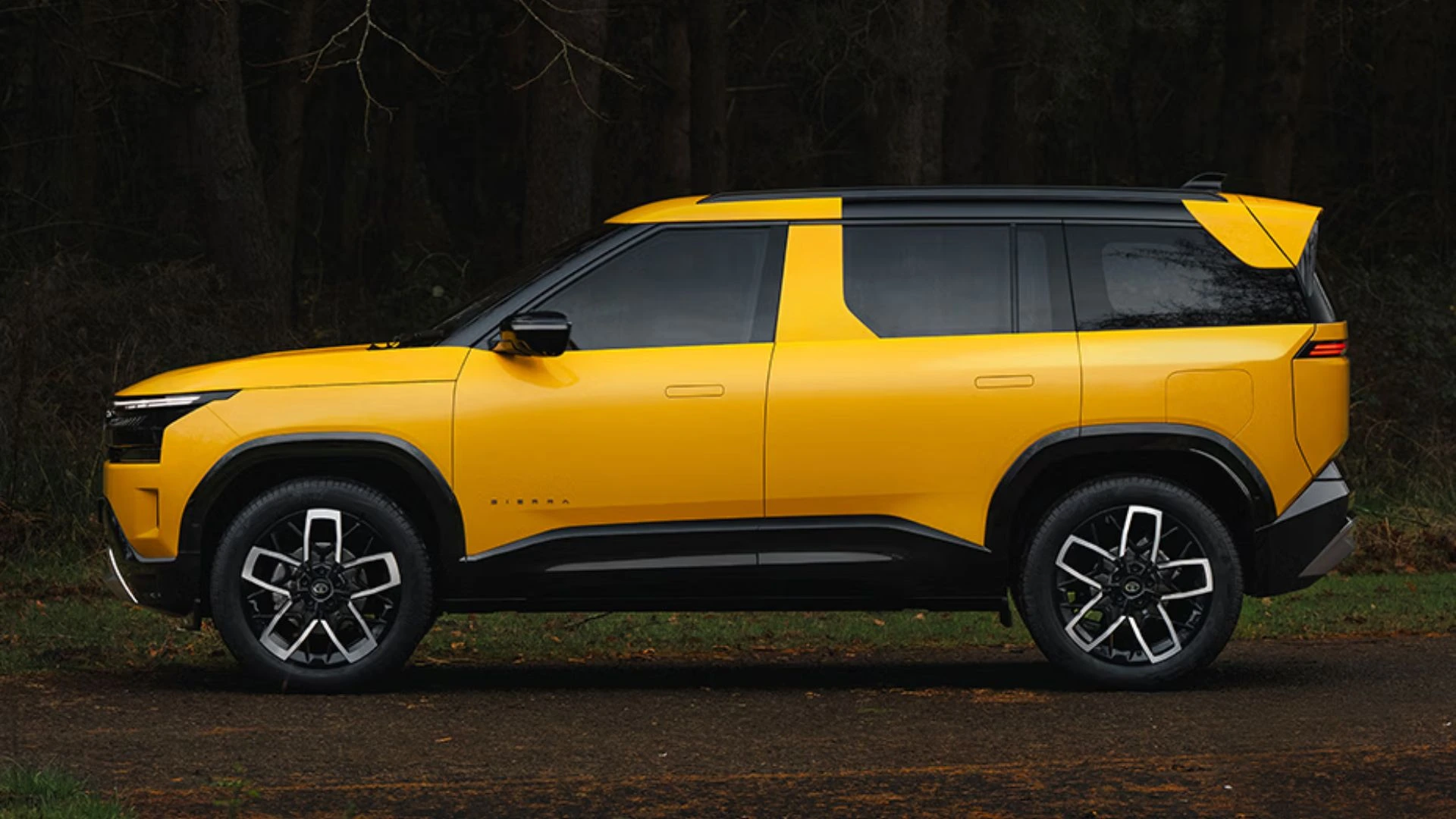Hero MotoCorp’s Xpulse series has gained immense popularity in the adventure biking community due to its rugged design, reliable performance, and exceptional off-road capabilities. Among the most talked-about models in this range are the Hero Xpulse 210 and the Xpulse 200 4V. While both bikes cater to adventure enthusiasts, there are some key differences that set them apart. Let’s break down these differences to help you make an informed choice.
1. Engine and Performance
-
Xpulse 210: The Hero Xpulse 210 features a more powerful engine, a 210cc single-cylinder, air-cooled engine that delivers a higher output. This provides better power for tackling off-road terrains and long-distance touring. The engine is tuned to offer a good balance between performance and efficiency.
-
Xpulse 200 4V: The Xpulse 200 4V, on the other hand, is powered by a 200cc single-cylinder, air-cooled engine with a four-valve setup. This engine offers smoother performance and better efficiency than its predecessor, but it doesn't have the raw power of the 210cc engine. However, the 200cc engine strikes a balance between power and fuel economy, making it ideal for daily commuting and weekend adventures.
2. Power Output
-
Xpulse 210: The Xpulse 210 delivers approximately 18.8 bhp and 17.1 Nm of torque, which makes it more capable when it comes to off-roading, climbing steep trails, or carrying extra load on long rides.
-
Xpulse 200 4V: The 200 4V produces 19.1 bhp and 17.35 Nm of torque. Despite having slightly higher power figures, the Xpulse 200 4V is tuned for smoother power delivery, which is beneficial for handling urban roads and moderate trails.
3. Suspension and Ride Quality
-
Xpulse 210: The Hero Xpulse 210 comes with longer suspension travel, making it better suited for extreme off-road conditions. It is equipped with telescopic forks at the front and a monoshock rear, both of which have been designed for aggressive trail riding and absorbing rough terrain impacts.
-
Xpulse 200 4V: The Xpulse 200 4V comes with the same telescopic front fork and rear monoshock setup, but the suspension travel is slightly shorter compared to the Xpulse 210. This makes it more focused on a smoother ride on tarmacked roads and light off-roading.
4. Design and Features
-
Xpulse 210: The Xpulse 210 has a slightly bulkier design with larger body panels and a more aggressive stance. It’s designed to endure tough off-road conditions and includes features like a bigger fuel tank, better protection, and larger wheels, which contribute to its rugged appeal.
-
Xpulse 200 4V: The Xpulse 200 4V has a compact and agile design. It retains the adventure DNA with a minimalist approach to bodywork, designed for easy handling both in the city and on trails. It’s more lightweight, making it easier to maneuver, especially in urban traffic or on narrower paths.

5. Brakes and Handling
-
Xpulse 210: The Xpulse 210 features disc brakes at both the front and rear with a larger diameter, offering better stopping power, particularly on uneven surfaces. It also features a more advanced ABS system, helping maintain control on loose or muddy trails.
-
Xpulse 200 4V: The Xpulse 200 4V uses a similar braking setup but with a slightly smaller disc size. It still offers reliable stopping power, but it might not be as aggressive in off-road conditions as the 210. However, it’s still equipped with dual-channel ABS, which is a great addition for better control.
6. Technology and Instrumentation
-
Xpulse 210: The Xpulse 210 comes with an advanced instrument cluster that includes a digital display with off-road-specific readouts, including a compass and trip meter that’s more useful for adventure riders. It also has an integrated turn-by-turn navigation system, which is helpful for long-distance or off-road riders.
-
Xpulse 200 4V: The Xpulse 200 4V has a simpler instrument cluster but still includes key features like a fully digital speedometer, odometer, and a gear position indicator. It lacks the turn-by-turn navigation system but offers basic functionalities that are more than sufficient for regular rides.
7. Price
-
Xpulse 210: Being the higher displacement model, the Hero Xpulse 210 is priced higher compared to the 200 4V. This is due to the enhanced features, engine performance, and rugged build that it offers, making it a better option for hardcore adventurers.
-
Xpulse 200 4V: The Xpulse 200 4V is more budget-friendly and offers great value for money, especially for riders who are looking for a versatile motorcycle that can handle both city roads and light off-roading. Its price point makes it accessible to a larger segment of riders.
8. Fuel Efficiency
-
Xpulse 210: Given the larger engine size and more aggressive tuning, the fuel efficiency of the Xpulse 210 is slightly lower than the Xpulse 200 4V. However, it still offers decent mileage considering its performance.
-
Xpulse 200 4V: The Xpulse 200 4V, with its 200cc engine, provides better fuel efficiency, making it a more economical choice for daily commuting and long-distance touring on highways.
9. Verdict: Which One Should You Choose?
-
If you are an enthusiast who enjoys challenging terrains, deep trails, and longer adventures, the Hero Xpulse 210 will serve you better with its superior power, suspension, and off-road capabilities.
-
If you’re more of a city commuter who enjoys occasional off-road excursions and prefers better fuel efficiency without compromising on fun, the Hero Xpulse 200 4V is the ideal choice. It’s perfect for weekend warriors who want a blend of performance, style, and everyday usability.
Both bikes deliver excellent value for money, with the Xpulse 200 4V offering practicality and the Xpulse 210 excelling in hardcore adventure and performance. Your choice will depend on your specific needs and riding style.
Also Read: New Maruti Suzuki Dzire 2024 Achieves 5-Star Rating in Global NCAP Voluntary Test








_1766129034.webp)

 Positioning Affordable 7-seat_1766042570.webp)